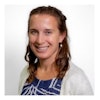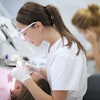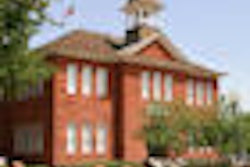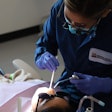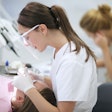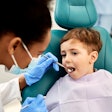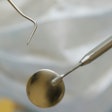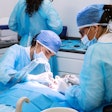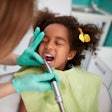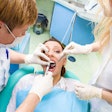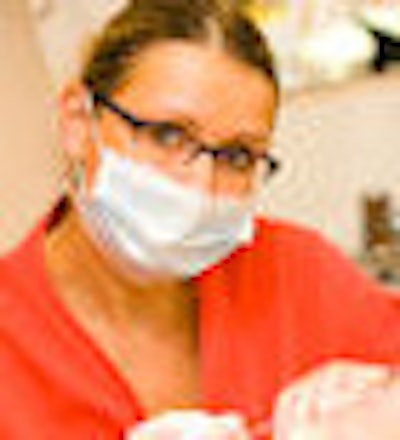
The American Association of Public Health Dentistry (AAPHD) has published a series of papers highlighting proposed curriculum guidelines for the training of dental therapists (Journal of Public Health Dentistry, June 1, 2011).
AAPHD believes that adding dental therapists as members of the dental team may help meet growing U.S. oral health needs, particularly among underserved populations. The papers are the work of an 11-person academic panel that was selected for expertise, experience, and in-depth knowledge of dental education.
The series includes the following information: the principles upon which a dental therapy program should be based, the recommended length of training programs, the competencies required for graduates, and the general curriculum content of such programs. The proposed model curriculum is based on a two-year, postsecondary training program.
“Such a designation could add value to the dental profession as a whole.”
— Caswell Evans Jr., DDS, MPH,
University of Illinois at Chicago
"The AAPHD brought together this panel of academicians and highly respected authorities in dental education to determine an appropriate course of study to be included in a two-year education program," said Caswell Evans Jr., DDS, MPH, associate dean for prevention and public health sciences at the University of Illinois at Chicago and convener of the panel, in a press release.
In completing its work, the panel has considered the course of study for dental therapists in programs already in the U.S. (Minnesota and the Alaska Native Tribal Health Consortium/University of Washington program) and throughout the world. The dental therapist designation is a professional, accredited position in 55 countries in the world today.
This month, the first group of Minnesota's groundbreaking dental therapist program will graduate after completing a two-year program. After they have applied for and received their dental therapist license from the Minnesota Board of Dentistry, the dental therapists will be allowed to perform basic preventive and restorative procedures and primary extractions with the onsite supervision of a dentist.
"There has been a growing interest in adding a new oral health professional designation to the dental workforce by both state and federal legislatures," Dr. Evans said. "The AAPHD and the panel it convened believe that such a designation could add value to the dental profession as a whole, and could assist the profession in its efforts to improve access to care for difficult-to-reach sectors of the population."
According to AAPHD President Diane Brunson, RDH, MPH, AAPHD took on the charge of developing a model curriculum because of the increasing interest in the states and the need to standardize training to ensure accreditation of programs, as well as develop a career path for entering the profession to best serve the oral health needs of all populations.
"We believe that the expert panel recommendations, used as a model to build on, will assure that curricula from school to school and state to state are consistent, of high quality and will pave the way for national accrediting," she said. "We are most appreciative to the W.K. Kellogg Foundation and the Josiah Macy Jr. Foundation for the grant monies that made the panel's work possible."
